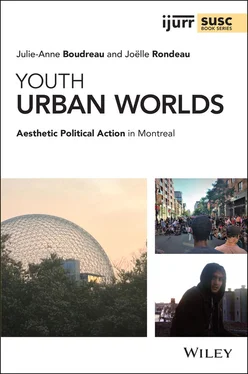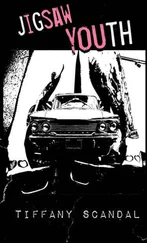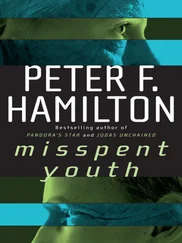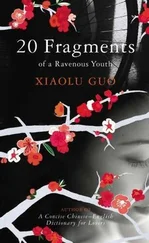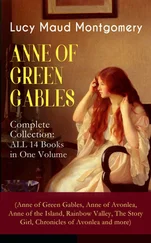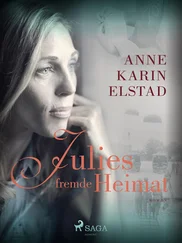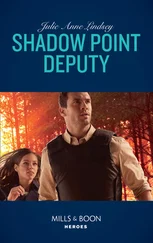Comparative urbanism
Diversity, difference and neighborhood change
Environmental sustainability
Financialization and gentrification
Governance and politics
International migration
Inequalities
Urban and environmental movements
The series is explicitly interdisciplinary; the Editors judge books by their contribution to the field of critical urban studies rather than according to disciplinary origin. We are committed to publishing studies with themes and formats that reflect the many different voices and practices in the field of urban studies. Proposals may be submitted to Editor in Chief, Walter Nicholls ( wnicholl@uci.edu), and further information about the series can be found at www.ijurr.org.
Walter Nicholls
Manuel Aalbers
Talja Blokland
Dorothee Brantz
Patrick Le Galès
Jenny Robinson
As we are putting the final touch on this manuscript, the world is going through a major health crisis. The outbreak of the COVID‐19 pandemic has meant that billions of people are now confined to their houses, with varying degrees of social and state control. The scale at which we live our everyday lives has shrunk to the micro‐local at the same time as it remains globally networked through digital media. What will become of urban life in a context where going out on the street is severely restricted?
When we began writing this book, I (Julie‐Anne) had just published Global Urban Politics: Informalization of the State (2017), where I argued that in a world of cities, the political process works differently than in a world of nation‐states. Institutionally, the architecture of the state has rescaled giving more weight to cities. At the interpersonal level, urban life propels a political logic of action based on spontaneity, affectivity, and mobility. And ontologically, in a world where urbanity is a hegemonic force, people’s conceptions of space, time, and rationality are changing. Consequently, I argued that urbanization is a force of state informalization whereby the distinctions between the state, the market, and civil society are becoming more blurred. The state, I argued, no longer had the monopoly over the distribution of justice and authority.
As we are finishing this book, the state has become very present in our daily lives: closing down international borders, daily messages by elected leaders on the progress of the virus, imposing strong police or military presence on the street to ensure people respect the quarantine. This situation illustrates very well that state formalization processes are elastic: formalization is never complete. In certain periods it recedes and informalization (unwritten rules) seem to take over. At others, the state returns in force to assert its power. However, with its scientific hyperrationality in the management of the current health crisis, the state has some difficulty in imposing its reason on city life. Urban life is composed of multiple protection systems. In the case of the pandemic, the more obvious is the public health system. But urbanites also resort to other protective and coping mechanisms, such as faith, hope, or community. In these isolating times, it has been deeply moving for many to see videos taken by people on their high‐rise balconies in Milan, Rome and Madrid, coming out cheering and clapping at a rallying hour every evening, to give one another courage and salute “front line” workers. Only a few days later, it was people in similarly‐shaped urban environments all across the world that started to act in such way, spontaneously responding to calls echoed through social media and reverberating enticingly against the materiality of the contemporary urban world. Being together apart, in such dense urban environments, fully present in a here and now that is suspended in space, at a time when it has become very difficult to plan anything in the future, and yet enables the creation of a situation where everyone can recognize themselves as an actor and be energized by what is going on: we would say that this a deeply urban way of acting politically.
These “other” forms of protection are intensely aesthetic and affective. They emerge out of and through the lived conditions of urbanity. They cannot be reproduced by a state leader standing outside of a government building, clapping in front of journalists and recording cameras at the same hour. It does not have the same effect, even if a similar intent might motivate the act. Something is escaping, or perhaps more accurately exceeding, the hyperrational crisis management of the state. And yet, not everyone has the privilege of such balcony, or lives in a dense city environment, or has the means to stay in, checked out of the workplace during a global pandemic. Indeed, this contemporary urban world is uneven and variously affects the conditions of our entangled everyday lives. How can we grasp what is going on, simultaneously and differently, at the street level?
Such a question is why this book is an epistemological intervention in the study of politics. We argue that in an urban world, ethnography is essential to make sense of the political. Even in moments of intense state presence like the one we are currently experiencing, an urban epistemology is very fruitful for understanding the level of integration between state rationality and everyday life; that is, to evaluate the effectiveness of state policies (to put it in public policy language), and analyze the infrastructures that people and other agentic forces make together and out of each other, differently, spontaneously and sometimes autonomously from the state too.
This book is also an empirical contribution to the study of urban youth cultures, mobilizing various voices from Montreal. We see it as a contribution to the transition between two decades. The ethnographic material presented here dates from the 2010s, a period of very rapid urbanization and globalization, excessive mobility, consumerism, and interconnected political mobilizations around the world (Arab Spring and Arab Winter, student strikes, urban revolts, Indigenous Idle No More movements, anticapitalist and anti‐austerity protests, climate strikes led by youths walking out of school…). With 2020, the world has slowed down: the coronavirus has brought air travel to a standstill and there is a strong push for climate change action (slow academia, relocalized, sustainable food systems, energy transitions, carbon taxes). Urban life after the COVID‐19 will not be the same.
Yet, with the interdisciplinary theoretical contribution using cultural and urban studies to understand political processes, we see this book as a reflection on our collective and immediate future. Being sensitive to aesthetic political forms reveals the creative possibilities of urban everyday life. It can inspire collective and concerted action from the local to the global scale. It has become urgently clear that the continued acceleration of an hypermobile, hyperconsumerist lifestyle, fuelled by racial capitalist‐extractivist modes of global urbanization, will bring the world directly to its end. Around the world as we write these lines, states are implementing state‐centred measures based on their imagined “monopoly” of violence, scientific rationality, and disciplining. There are many other possibilities for action that are not state‐centred. As the teenage son of a colleague once said: “Mom, another end of the world is possible.” Such statement seems illogical; yet, it illustrates our argument in this book. Urban life is replete with unexplored potentialities based on different rationalities, rhythms, ways of being, forms of action. In youth urban worlds we can find inspiration for collectively building this immediate future.
This is why we wish to dedicate this book, first and foremost, to youth. They are the ones who will be living through the next six, seven, eight decades of deeply uneven global changes, set to unfold at an unprecedented speed and scale, while having to contend with the consequences of today’s record levels of public debts, in uncertain times. We all have the power and responsibility to influence what these futures may hold. This new decade, we are told, is going to be a crucial one for collectively orienting the conditions for the survival and well‐being of all life‐forms on this planet. Youthfulness is power and agility. The youth urban worlds we have been privileged to partake in, from Montreal, have taught us that beyond the ballot box, beyond political leaders, or the kind of political education that might be received in schools, a youthful collective has its own agentic power to experiment with, to transform what exists, what has come to be known and named, and might come next. More than age or a stage of psychological development, youthfulness can be a way to act politically in the world.
Читать дальше
